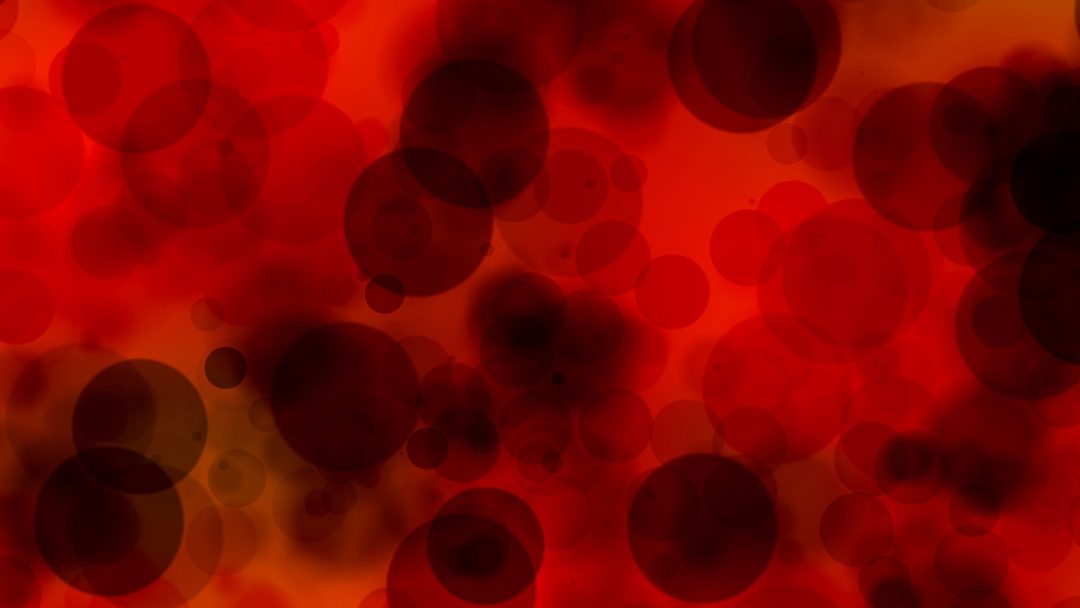Iron Deficiency

Iron deficiency is a widespread health disorder in which the body’s iron reserves are depleted and a sufficient amount of the vital mineral iron is not available.
The symptoms start slowly, but can have serious health consequences if left untreated. Pale skin and concentration problems can be the first symptoms of iron deficiency. Specific blood tests can be used to determine iron deficiency and processes in iron metabolism.
What are the causes of iron deficiency?
Iron deficiency can be triggered by various factors. It is important to consider all possible causes when diagnosing iron deficiency.
Bleeding
Iron deficiency is common in women of childbearing age and is due to increased blood loss during menstruation. Bleeding in the gastrointestinal tract, such as gastric ulcers, can also lead to iron deficiency.
Unbalanced Diet
An unbalanced diet, especially for vegetarians or vegans, can lead to an iron deficiency, as plant-based sources of iron can be absorbed less efficiently.
Chronic Diseases
Chronic illnesses that disrupt iron metabolism or block the absorption of iron in the intestine.
Hidden inflammation
Hidden inflammation (silent inflammation) can also influence iron levels. For example, periodontitis or jaw inflammation can cause iron deficiency. The influence on iron metabolism occurs through the production of inflammatory immune messengers and can lead to anemia.
Symptoms of iron deficiency
As iron fulfills various important functions in the body, the symptoms of iron deficiency are also varied. The symptoms include:
- Fatigue, weakness and exhaustion
- Depressive moods
- Concentration problems
- Shortness of breath
- Pale skin, brittle nails, brittle hair and hair loss
- Angular cheilitis
- Tinnitus
- Headaches and migraines
- Dizziness and heart palpitations
As these symptoms can also be present with other deficiencies and illnesses, a precise diagnosis is necessary.
Diagnosis of iron deficiency
When diagnosing iron deficiency and iron metabolism, there are different values and parameters that you should know. Depending on the individual situation, diagnostic methods are adapted based on the cause.
Iron levels
Iron can be measured by bloodtests both in whole blood and in serum. Usually, iron is tested in the serum. In healthy people, this iron value in the blood is subject to strong fluctuations over the course of the day and is therefore only recommended to a limited extent for the diagnosis of iron deficiency.
Ferritin level
Ferritin is a form of iron which is stored in the body and can also be detected in the blood serum. Ferritin protects the body from a large amount of free iron, as this can cause oxidative stress. The ferritin level can be used to detect an iron deficiency at an early stage and is an important value in iron diagnostics.
Transferrin levels
Transferrin is a protein that is able to bind iron and transport it in the blood.
In the case of iron deficiency, the liver produces more transferrin in order to transport the low concentration of iron more effectively. Consequently, the transferrin value is compensatorily increased in the case of iron deficiency.
Transferrin saturation
Transferrin saturation provides information on how many transferrin molecules are loaded with iron. If the transferrin saturation is low, this indicates that there is an iron deficiency.
Transferrin saturation can also be checked by means of a blood test and provides valuable information about one’s iron metabolism.
Soluble transferrin receptor (sTfR)
The soluble transferrin receptor is a glycoprotein and is helpful in the assessment of iron metabolism. The sTfR is able to bind iron-loaded transferrin and ensures that the iron is absorbed into the cell. In the case of iron deficiency, more sTfR is produced to compensate for the low amount of iron and to increase the absorption capacity of the cell.
Red blood cell count (Erythrocytes)
Erythrocytes can also provide important information about iron metabolism and whether there could be an iron deficiency. The values of erythrocytes in the blood, such as erythrocyte count (RBC), hematocrit, MCV or MCH, can also provide valuable information in the diagnosis of iron deficiency.
Other parameters
Iron deficiency treatment
Treatment of iron deficiency focuses on iron-rich diets, correctly selected nutritional supplements and, in severe cases, infusion therapy. Taking vitamin C at the same time can significantly improve iron absorption and should be used as a supportive measure.
In order to avoid health consequences such as anemia, it is essential to pay attention to possible symptoms early on. A balanced diet and regular medical check-ups play a key role in the prevention and treatment of iron deficiency.
Med. pract. Dana Hreus M.A.
If you not only want to treat the iron deficiency, but also find the underlying causes, it is advisable to carry out an individual, targeted diagnosis.

Further information
The information listed contains relevant topics and serves to improve understanding.